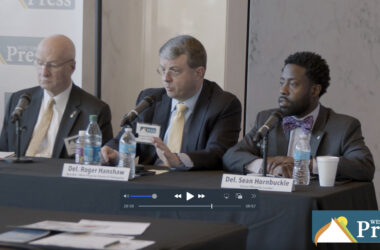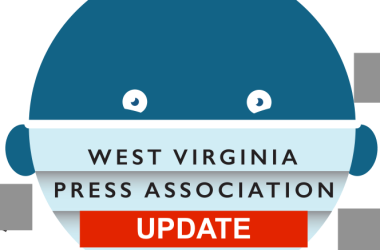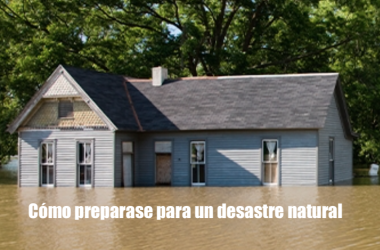By ERIN BECK
Charleston Gazette-Mail
CHARLESTON, W.Va. — Naloxone, the drug that can counteract overdoses of heroin and other opiates, is being used by some emergency responders and groups in parts of West Virginia. Now, the state Department of Health and Human Resources has received a federal grant to distribute naloxone to police departments, fire departments and other agencies in more places around West Virginia.
DHHR officials announced Monday that the department had received a $1.07 million grant from the federal Substance Abuse and Mental Health Services Administration, and that the majority of the grant will go toward statewide distribution of naloxone.
The DHHR has contracted with the West Virginia University Injury Control Research Center, which plans to distribute 8,000 two-dose naloxone kits throughout the state.
Dr. Rahul Gupta, state health officer and commissioner of the West Virginia Bureau for Public Health, said, “The drug epidemic is a fast-moving target and we need to have an all-hands-on-deck approach.”
“This lifesaving drug is something that, when used in a timely manner, can save lives,” he said in a phone interview. “Only when someone who overdoses gets to live can they enter treatment … and ultimately be successful in entering the workforce.”
Distribution of about half the naloxone will begin later this week. Gupta said police departments, fire departments and naloxone take-home programs will receive the kits.
“The big picture is this becoming one of the tools in the toolbox,” he said.
Regional substance abuse task forces helped the Injury Control Research Center identify organizations with existing naloxone programs, which were then surveyed on their interest in participation, according to Herb Linn, assistant director for outreach at the Injury Control Research Center. Many of those surveyed did not respond to the survey.
“There may be naloxone available to them, as well,” he said, adding that distribution would depend on the number of active programs requesting naloxone.
“We really need people who haven’t responded to the survey yet to fill it out so they can be in our next round of naloxone distribution,” he said.
The Injury Control Research Center will evaluate the distribution project by collecting data, including looking at whether people become less likely to die from overdoses, as well as counting the number of new programs, people trained and kits distributed, Linn said.
During the first phase of the project, naloxone will go to organizations in Berkeley, Brooke, Cabell, Hancock, Harrison, Kanawha, Marion, McDowell, Mercer, Monongalia, Ohio and Raleigh counties. Linn noted that more counties will have the opportunity to obtain the drug during the second phase.
“Please remember that we want all organizations who have active programs, or who have interest in starting programs, to contact us,” he said.
If your organization has an active overdose education and naloxone distribution program or a non-EMS first responder naloxone program and you have not been contacted about the naloxone distribution program, contact Sheena Sayres by phone at 304-293-1528 or email [email protected].
According to the West Virginia Office of Emergency Medical Services, there were 4,286 doses of naloxone administered that were reported by local EMS agencies across West Virginia in 2016. There were 3,351 doses administered by local EMS agencies in 2015. The figure does not include doses administered by other first responders, hospitals or family members.
At least 615 opiate-related overdose deaths were reported in West Virginia in 2016, according to the DHHR.
The Charleston Fire Department is one of the organizations receiving naloxone from the state. Capt. Alisha Samples, the department’s EMS supervisor, said paramedics used the drug when she became a paramedic in 1991.
“I probably could count on one hand how many times I used it in 15 years,” she said.
Now, she said, the fire department typically uses it about two to three times each day.
“We’re saving lives with it every day,” she said.
Samples said she hopes to see more treatment centers open, as well. She said some patients need to be revived with naloxone more than once.
But, “I’m not God,” she added. “I can’t judge.”
See more from the Charleston Gazette-Mail




